The pyboard Lite is a super - compact and high - performance electronics development board running MicroPython. Connect it to your PC via USB, and it acts as a USB flash drive for storing Python scripts and offers a serial Python prompt (REPL) for immediate programming. It works with Windows, Mac, and Linux and needs a micro USB cable. This is the budget - friendly Lite version of the pyboard. It features a STM32F411RE instead of the original STM32F405RG. Running at 96MHz (compared to the original's 168MHz), it has half the FLASH (512KB vs 1MB) and less RAM (128 KB vs 192 KB), one ADC (multiplexed to 16 bins), and no DAC. MicroPython, a re - written Python 3.4 for microcontrollers, runs bare - metal on the pyboard, giving you a Python - based operating system. The built - in pyb module helps control board peripherals like UART, I2C, SPI, ADC, and DAC. There are three main control methods: REPL, where you connect via USB and get a Python prompt; Remote script, where you can send scripts to execute; and From file, where the board runs the'main.py' script on startup. The hardware has many great features, such as a 96 MHz Cortex M4 CPU, a Micro SD card slot, multiple GPIO, 4 LEDs, and a 3.3V LDO voltage regulator. The mounting tabs can be snapped off if needed. It comes in an ESD bag, and headers are not included. Check out the feature table, schematics, and more documentation for details.
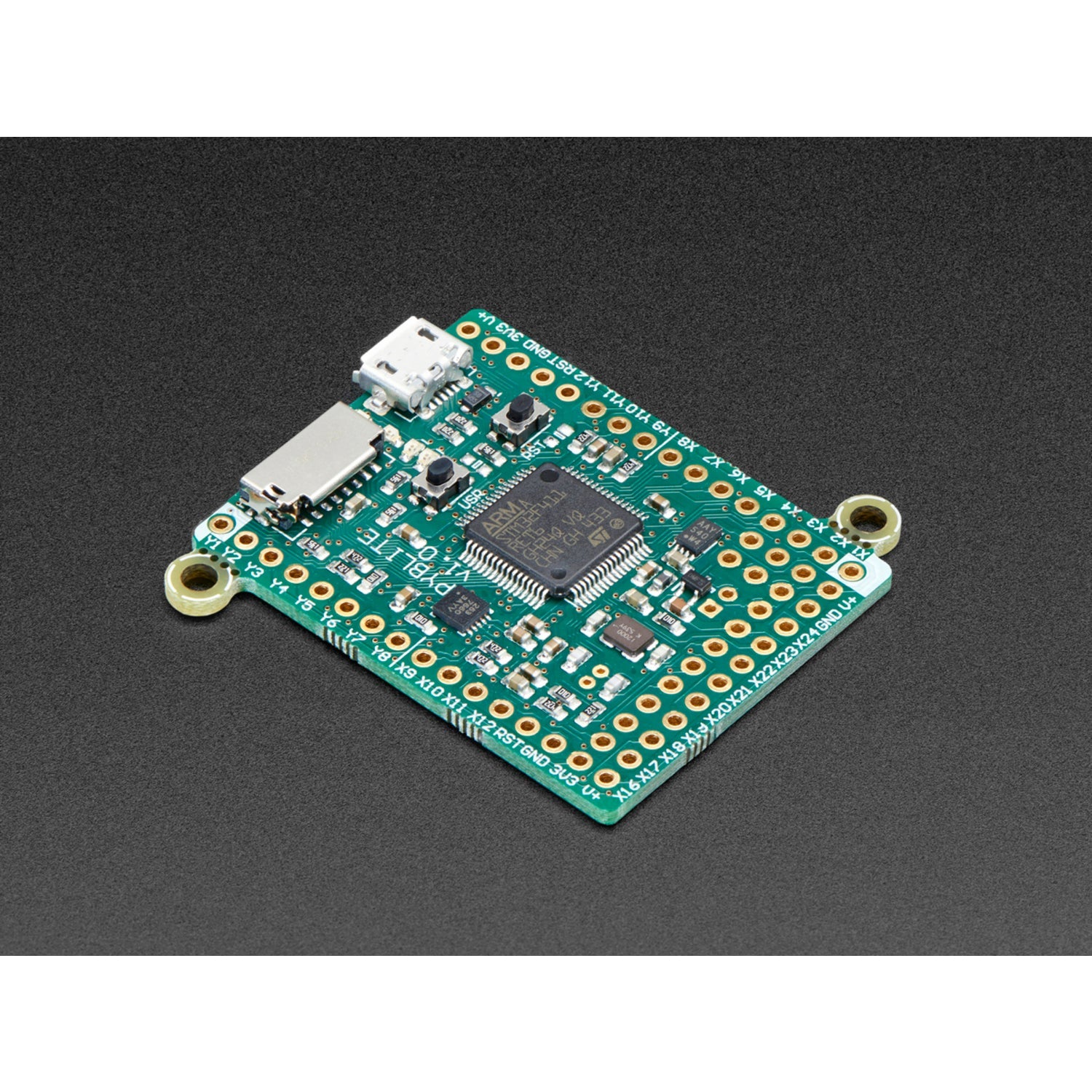
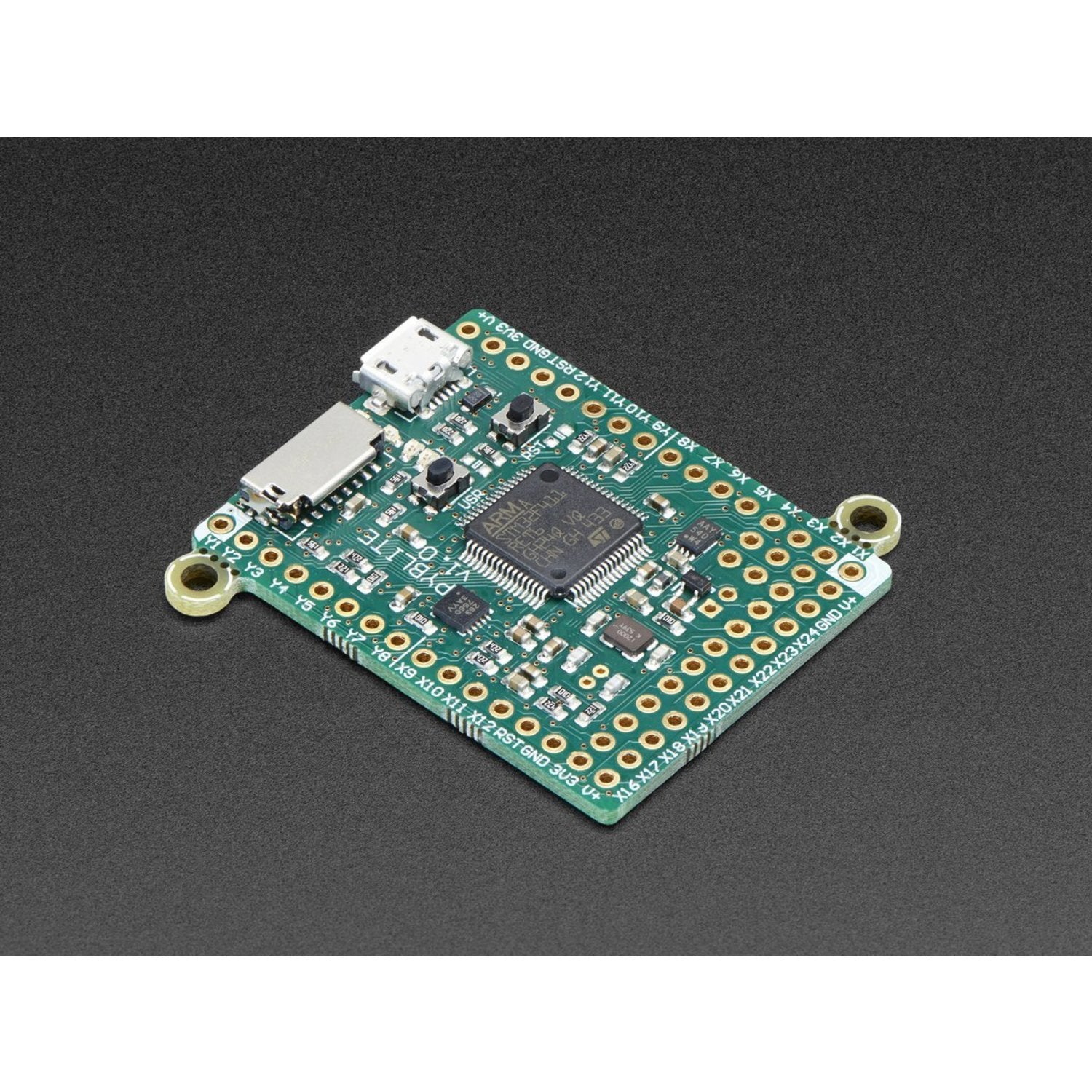

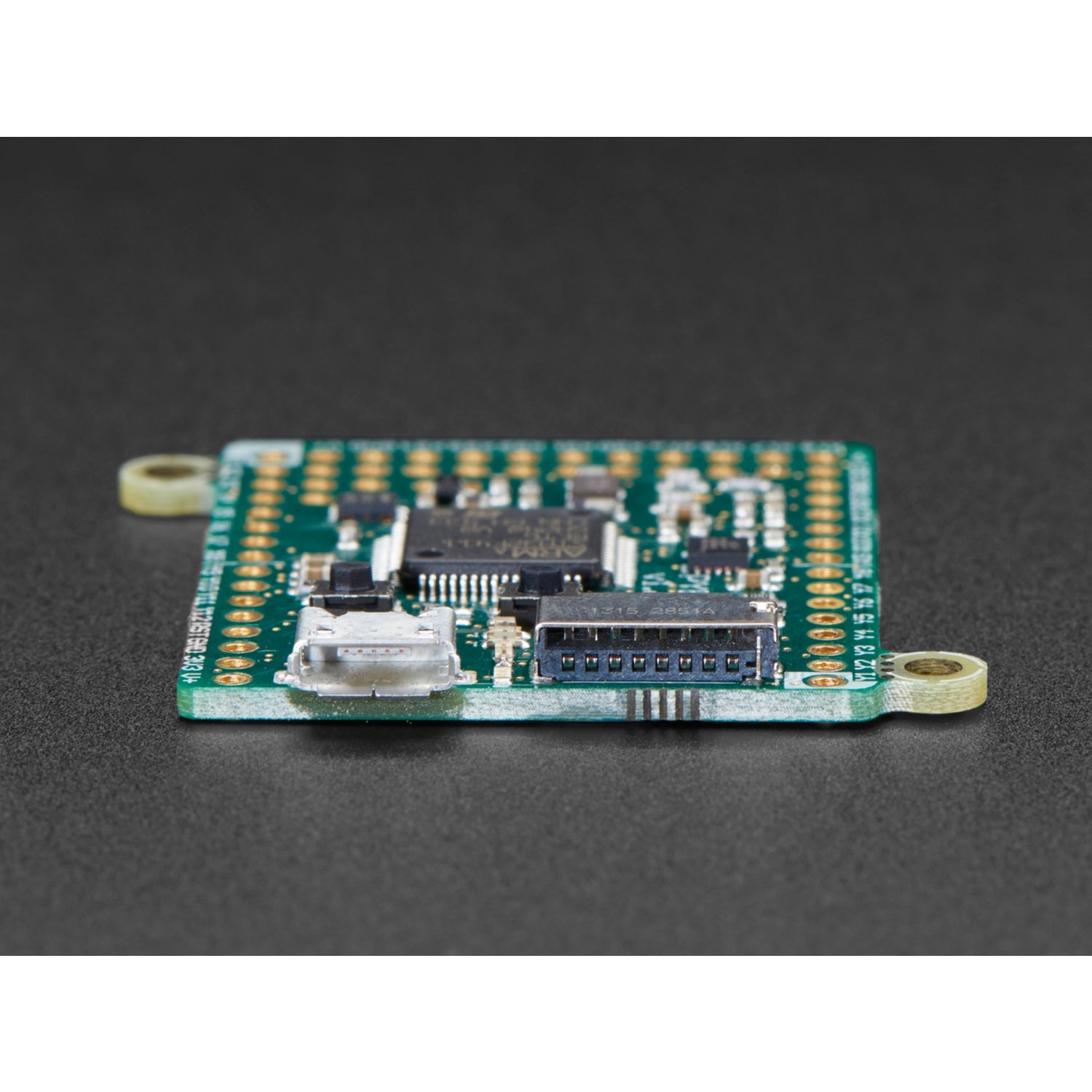
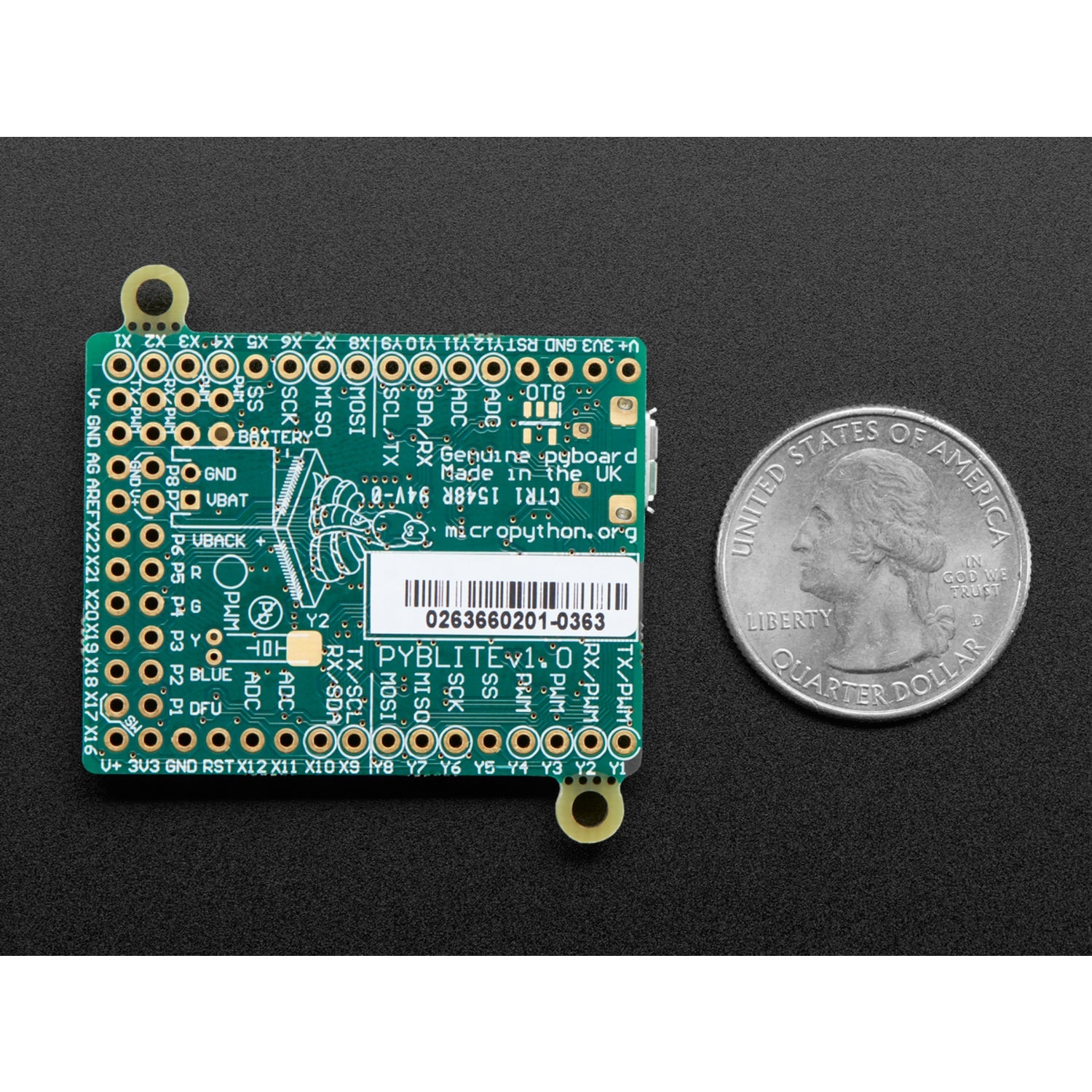
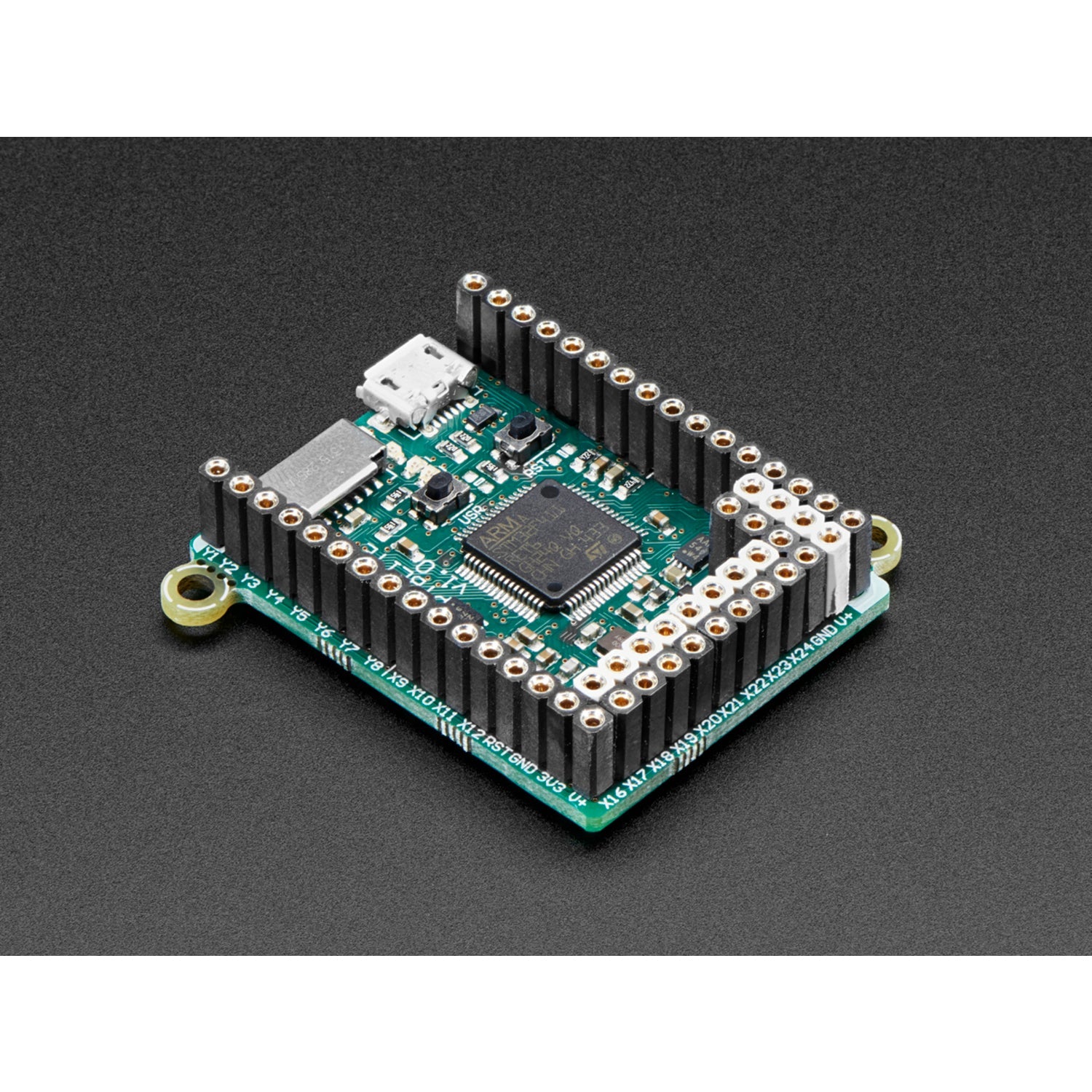
Using the pyboard Lite is easy. First, connect it to your PC with a micro USB cable. You can use it on Windows, Mac, or Linux. For programming, you have three main ways. With REPL, you can connect to your PC and start typing Python commands right away, just like on your computer. To use the remote script mode, send ctrl - A to switch to raw REPL and then send your Python script. If you want to run a script without being connected to the PC, copy your script to the board's filesystem and name it'main.py'. When it comes to maintenance, keep the board in a dry and clean place. Make sure to handle it with care, especially when inserting or removing the SD card. The board comes in an ESD bag to protect it from static electricity. Remember, headers are not included, so if you need them, you can get them separately. Also, check the schematics and feature table for more detailed information about the board.